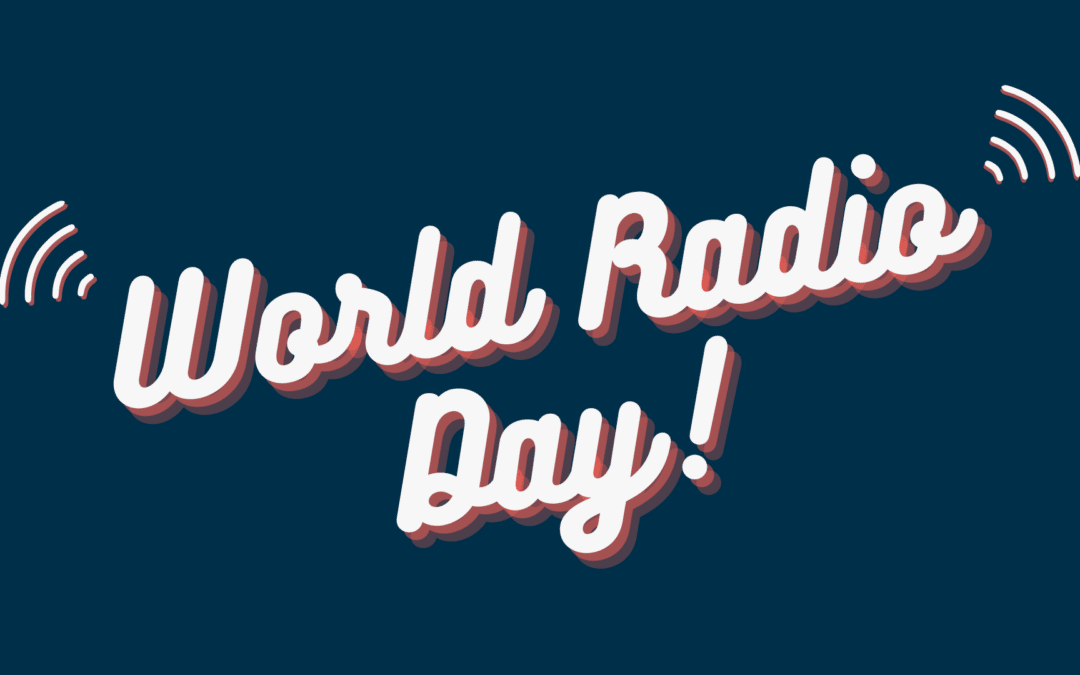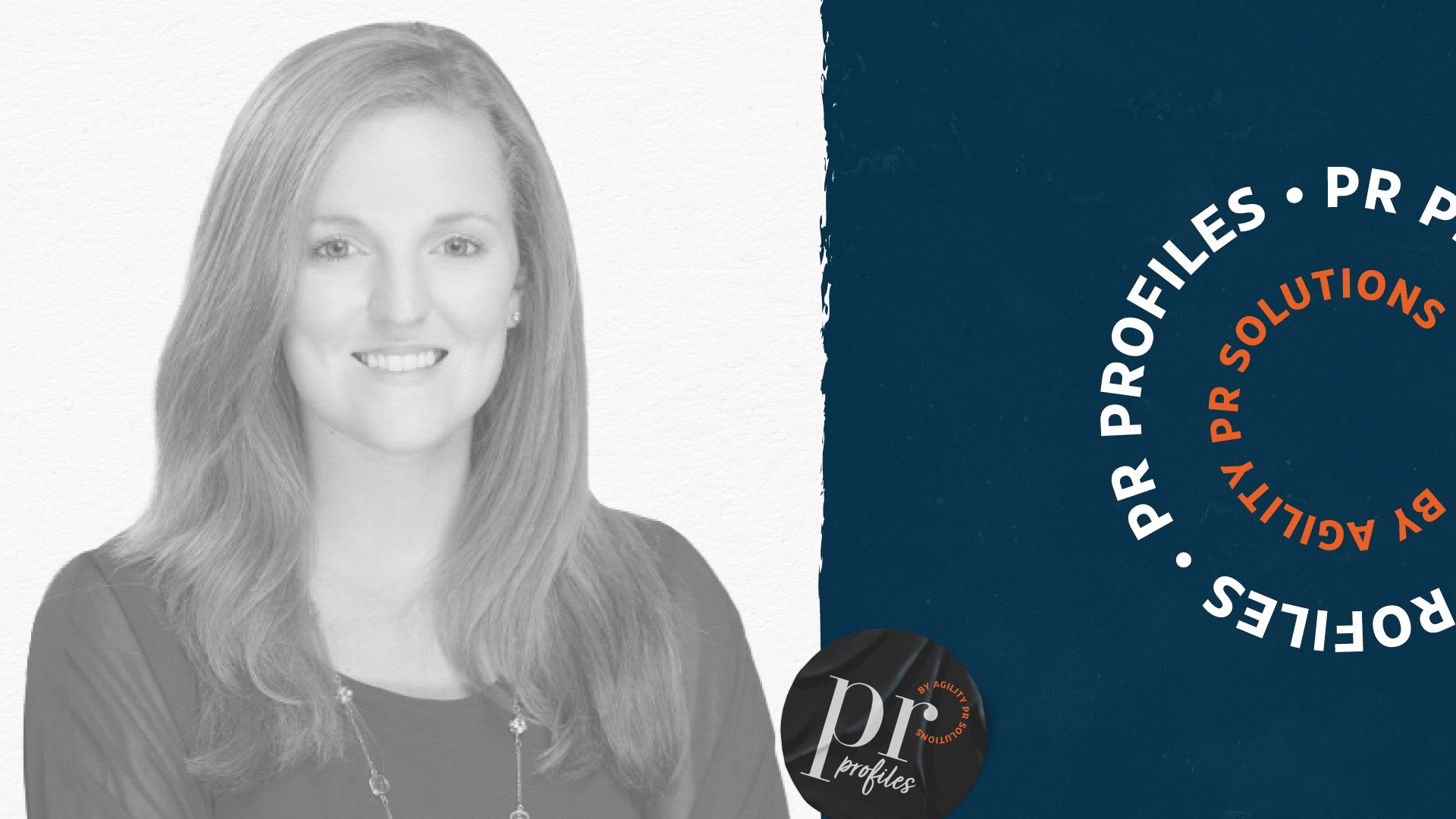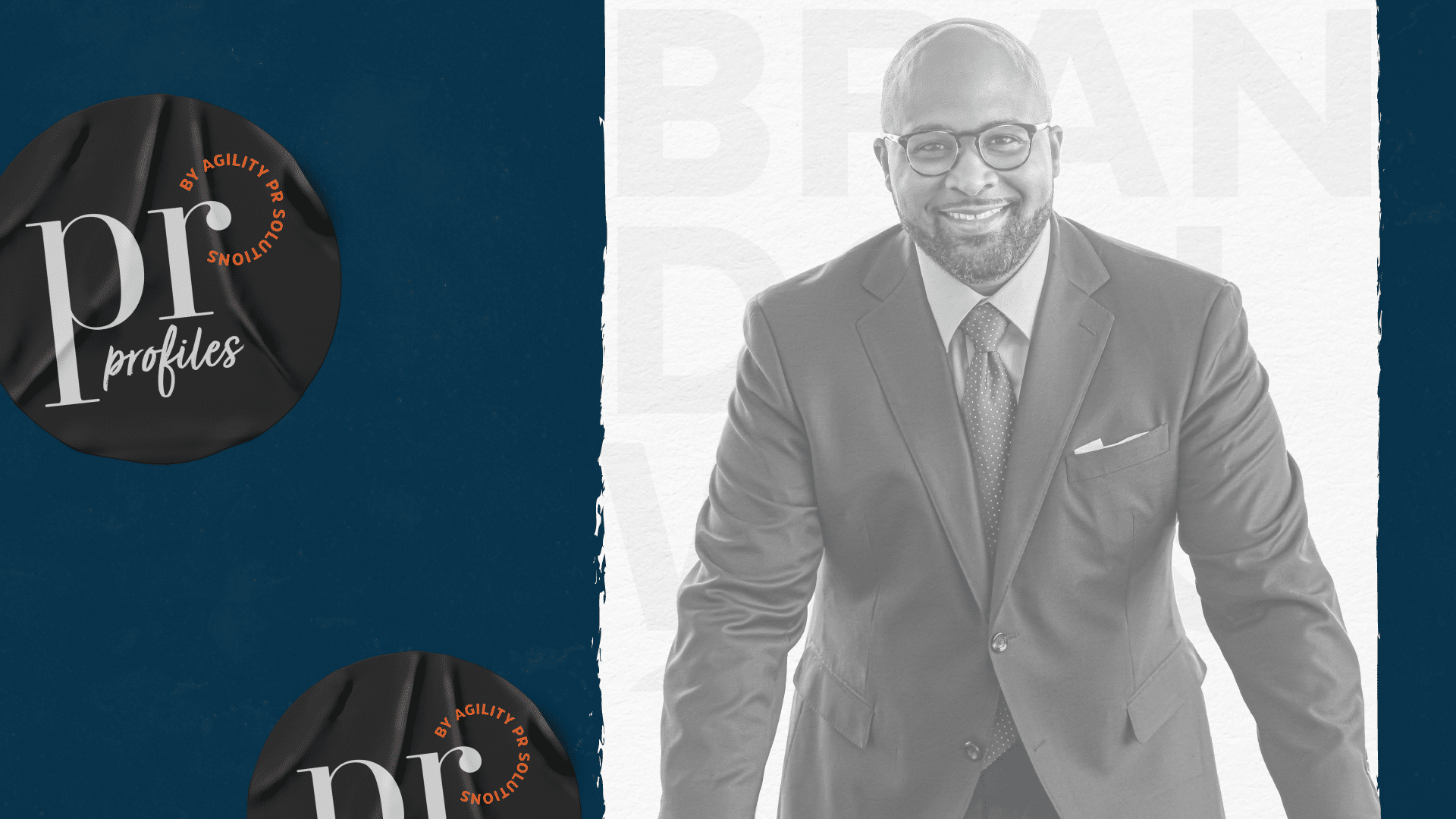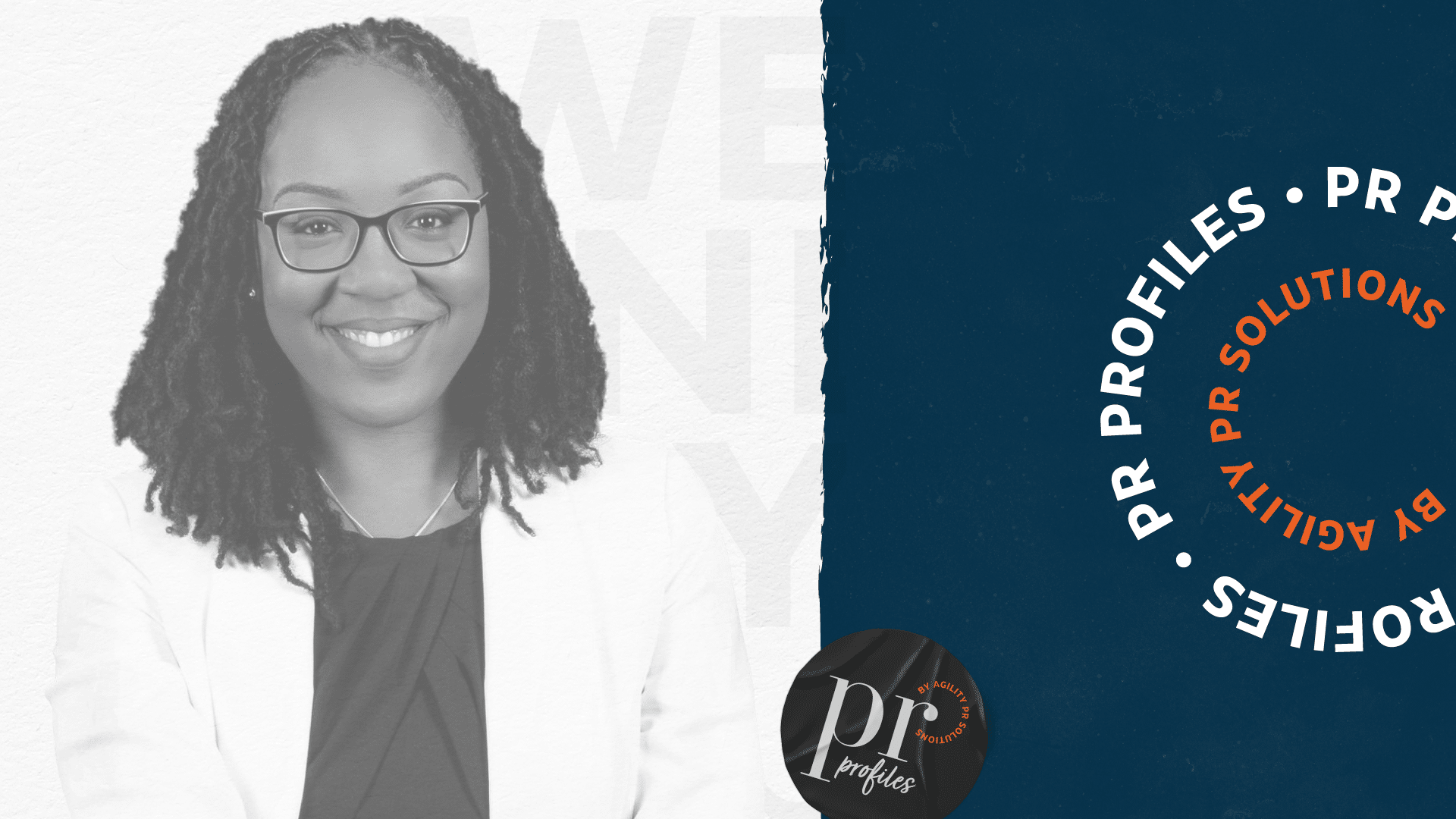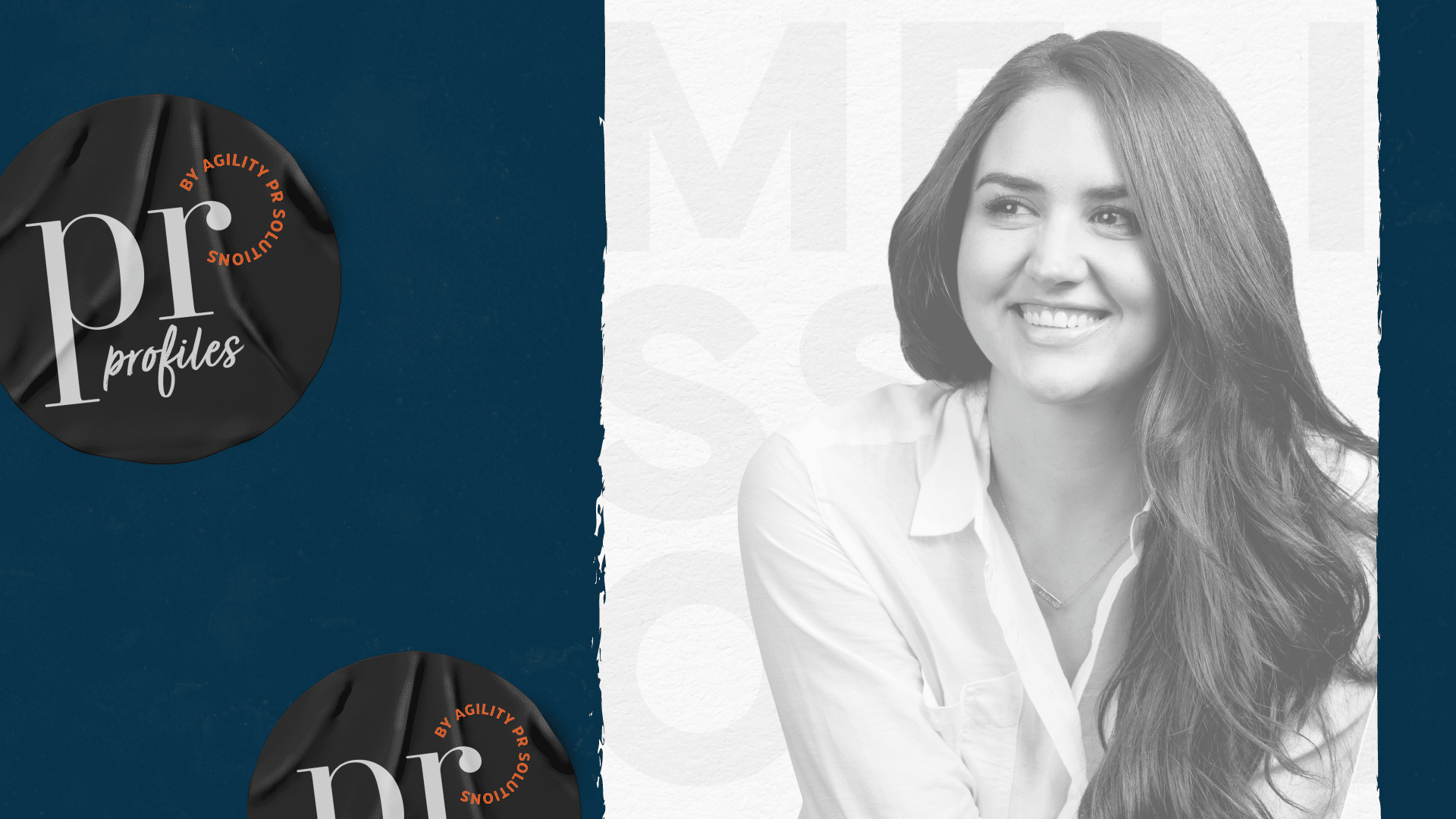We’d be remiss if we let World Radio Day slip by without giving it a quick shout out.
If you ever had any doubts that radio is still a reliable, trusted, and effective means by which public relations professionals and advertisers can reach a ‘dialed in’ audience, you’ll want to check out these stats:
- According to Nielsen’s “Audio today 2022: How America listens” report, radio reaches 93% of the U.S. population (age 18+) every month. If you include podcasts, satellite radio, and music streaming, that number increases to 99%.
- In a January 2023 speech at Simon Fraser University, Catherine Tait, President and CEO of CBC/Radio-Canada, said “75% of Canadians still consider their public broadcaster a source of trusted news”, which is far more than the percentage of Canadians that trust traditional media in general.
- The trend is similar in the UK, with 61% of the population trusting the radio, ahead of TV and print.
Why might you want to reach radio listeners?
At some point, you will probably want to direct your audience to an event, product, or service. In which case, we think you’ll be interested in these findings that also came from Nielsen’s report:
- 60% of radio listeners are very or somewhat willing to attend indoor events
- 73% are willing to attend outdoor events
- 63% are willing to travel on an airplane
- 97% are willing to shop at stores in person
Radio and media monitoring
Even if you aren’t actively pitching radio or expecting your name to be dropped in a program, you should still monitor radio. After all, your competitors may not be taking the same approach and without a doubt, your industry or something that directly or indirectly impacts your industry is being talked about and you need to stay up to date and aware of the goings on.
It’s nice to shine a spotlight on yourself—but you can’t afford to leave everything else in the dark.
How to pitch radio
Broadcast is a different beast than online or print media and you need to be aware of the program and producers you’re pitching. That begins with listening to the station and program you’re hoping to get your brand or client featured on.
Though the medium may change, the foundations of good pitching and relationship building always remain the same: You must have a story that is of interest to the producer, and thus, your audience. Relationship building begins with knowing and understanding what exactly the producer wants and needs—and that goes back to listening.
However, if you know you want to be on the radio but aren’t sure where to start, head to your media database and pull up a list of relevant contacts based on targeted keywords that pertain to your topic, brand, or client. Once you have your list, don’t just start pitching—streamline your list by researching each of the contacts: what topics do they typically cover? What angle do they take? Who is their audience? What time is their program on? Only once you’ve narrowed down the list and intimately understand what these potential contacts would be interested in can you write your pitch.
Here are some resources for learning how to pitch radio:
- The art of pitching from CBC News
- Pitching to radio from The PR Pod
- The dos and don’ts of pitching audio stories
Radio and Peace
This year’s official World Radio Day theme is Peace and Radio. Visit Unesco’s site to learn why supporting “independent radio has to be viewed as an integral part of peace and stability.”

